Aftercare
Worry-Free Recovery With No-Scalpel Vasectomy Aftercare In Perth

The Importance of Proper Care After a Vasectomy Procedure
Inadequate aftercare following a no-scalpel vasectomy can increase swelling, bruising, or risk of infection. These issues can prolong discomfort and make recovery more challenging.
Sticking to recommended aftercare, including rest and hygiene, supports a faster healing process. With proper care, you can return to your normal routine with minimal discomfort.
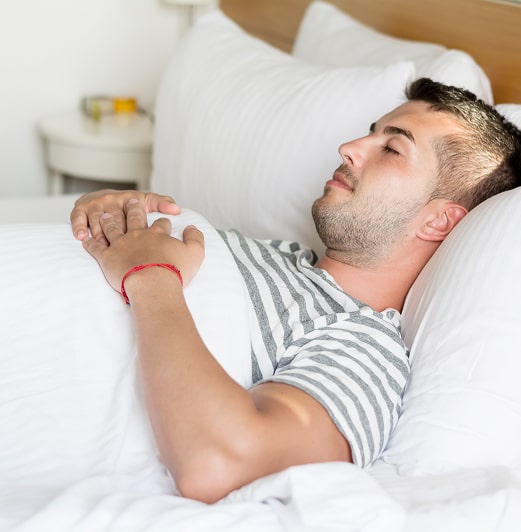
Essential Aftercare Guidelines for Post-Vasectomy Recovery
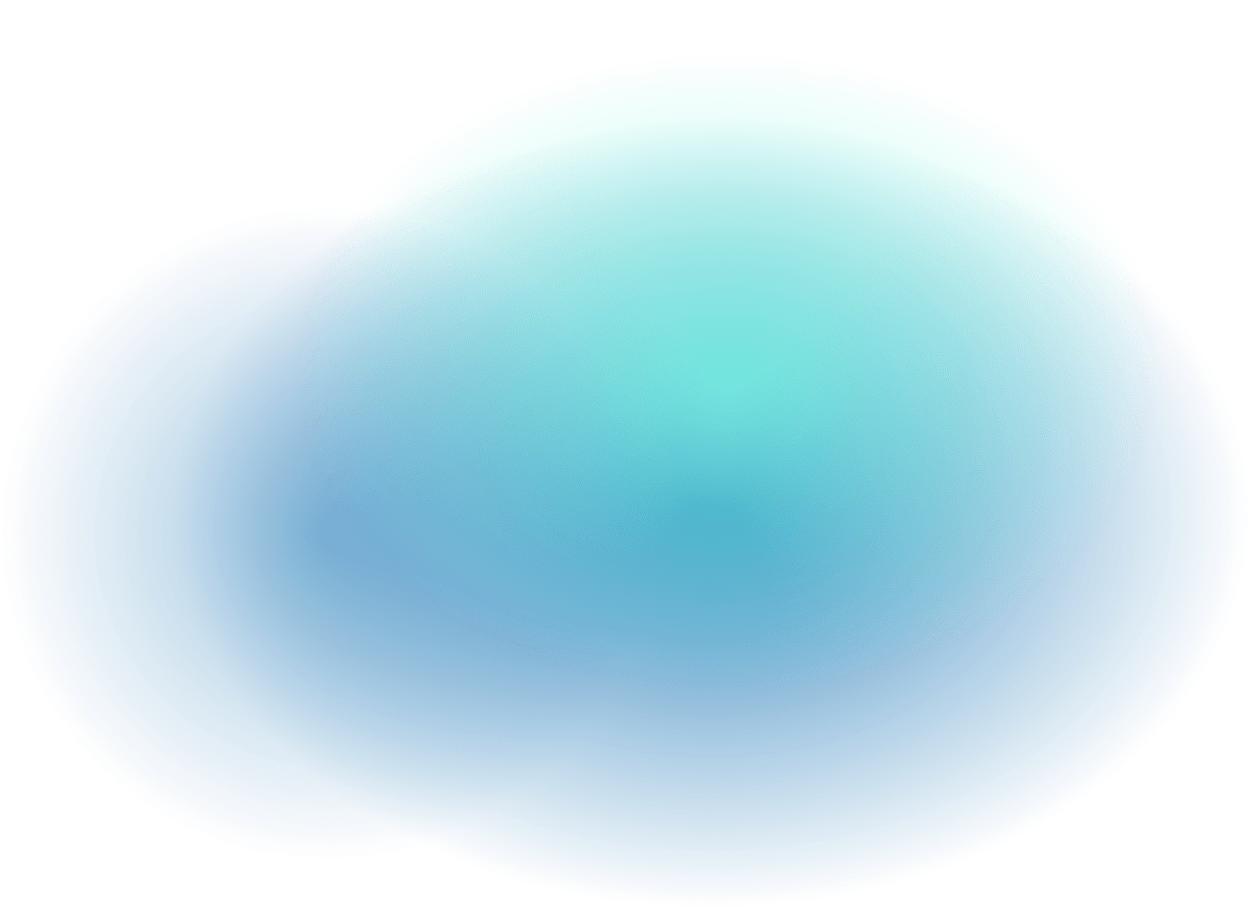
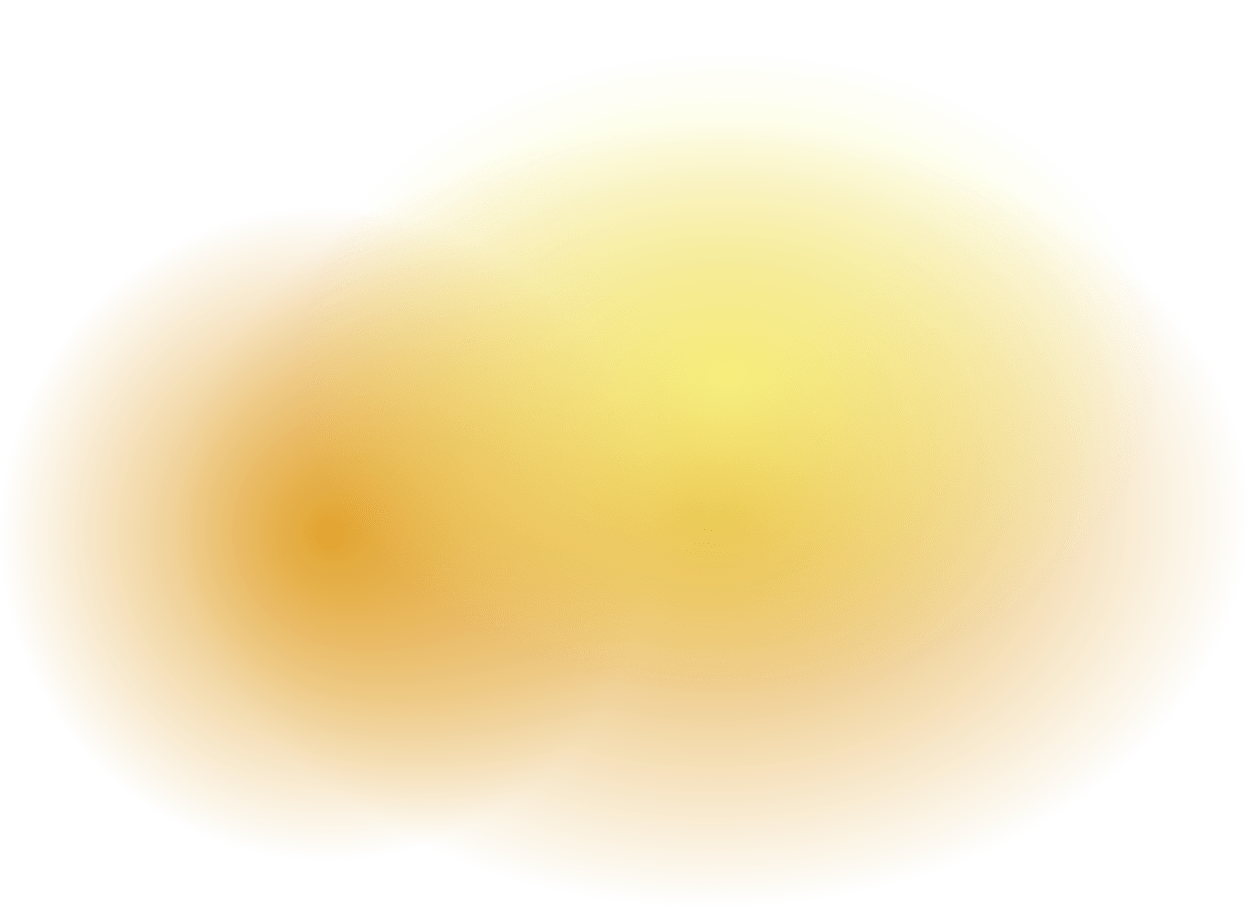

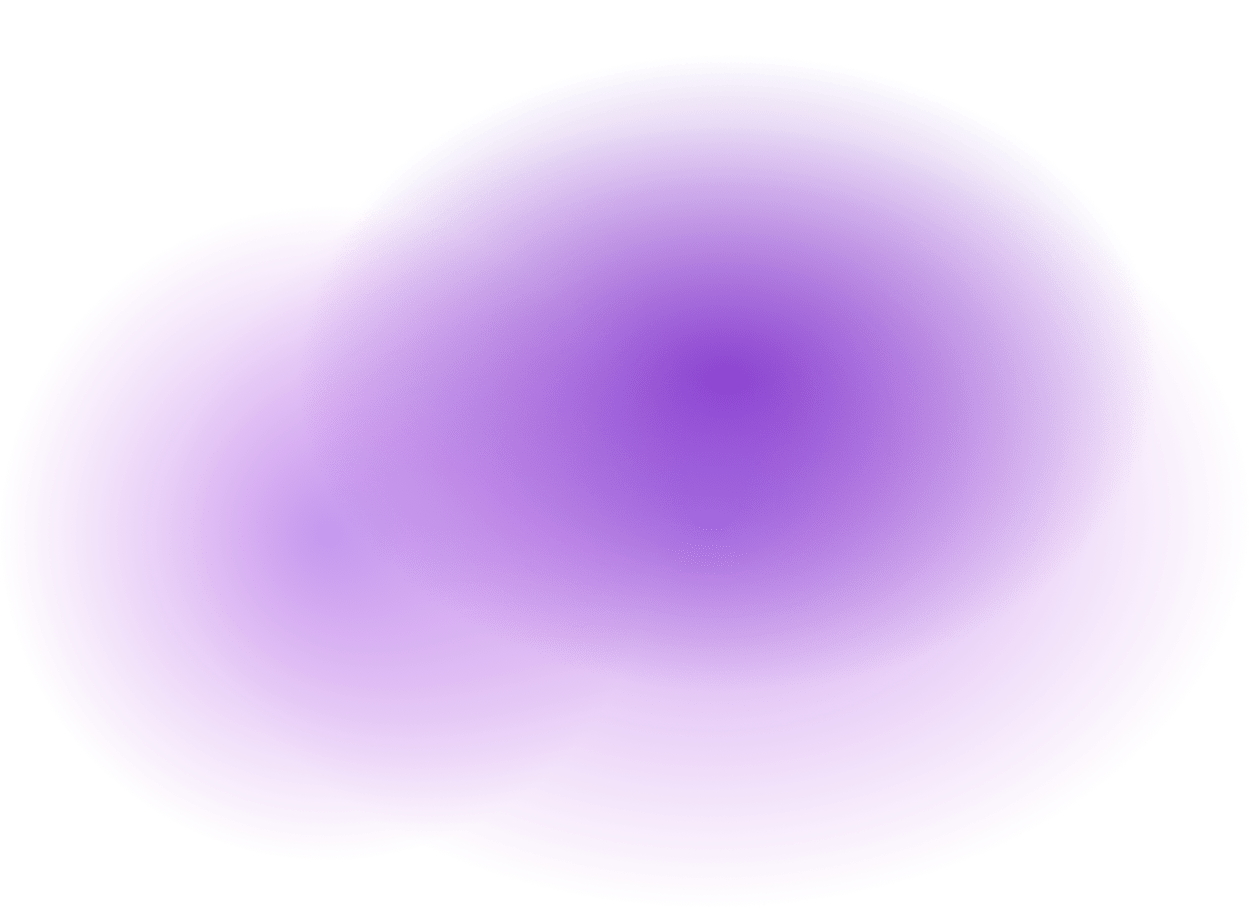
Apply Ice Packs Regularly to Reduce Swelling Effectively
Ice packs should be used consistently to control swelling, improve comfort, and support a smooth healing process after the procedure.

Avoid Heavy Lifting or Strenuous Activities During Recovery
Heavy lifting and strenuous activities can strain the body post-procedure, so taking it easy supports a smoother, more comfortable recovery.

Wear Snug Underwear for Additional Support and Comfort
Proper support from well-fitted underwear helps stabilise the area and reduce movement, easing discomfort and contributing to a smoother healing process.

Follow All Aftercare Instructions to Prevent Potential Complications
Adhering to recovery guidelines allows for a more comfortable experience, helping to reduce the risk of complications and support overall well-being effectively.

- Baldivis Medical Centre
- (08) 9523 2000
- 2 Wattlebird Way, Baldivis WA 6171
- Free onsite parking
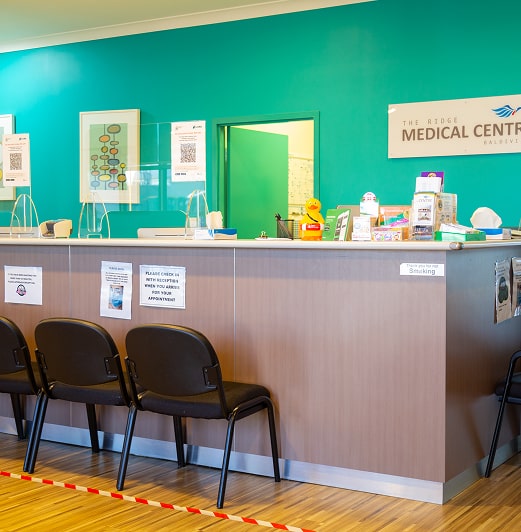
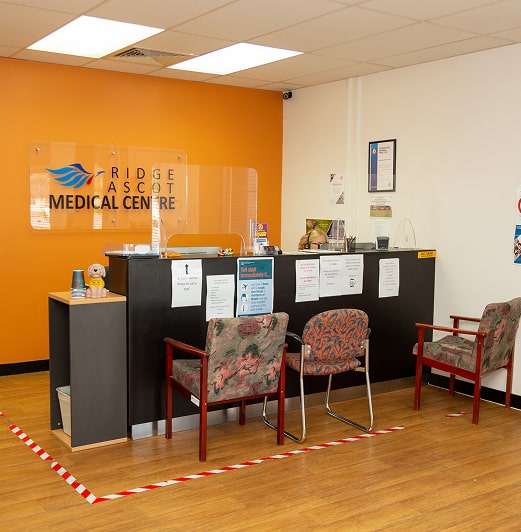
- Ascot Medical Centre
- (08) 9478 3009
- 4/398 Great Eastern Hwy, Ascot WA 6104
- Free onsite parking
Frequently Asked Questions
Got a question we missed? Contact Us
What should I not do after a vasectomy procedure?
A vasectomy is a minor surgical procedure that provides long-term contraception. It works by cutting or sealing the vas deferens to prevent sperm from reaching the semen. While recovery is usually straightforward, adhering to postoperative care guidelines is essential for healing and avoiding complications. Here’s what not to do afterwards:
- Physical Exertion:
Refrain from heavy lifting, gym workouts, contact sports, martial arts, or any physical labour for at least the first week. - Bathing or Swimming:
Avoid submerging in water (baths, pools, or hot tubs) for at least two weeks to prevent irritation at the surgical site. - Unprotected Sex:
Do not engage in sexual activity, including ejaculation or masturbation, for at least one week. Use contraception like condoms until confirmed sterile via semen analysis. - Skipping Scrotal Support:
Always wear supportive underwear or a jockstrap for one to two weeks to minimise swelling, stabilise the area, and promote healing. - Using Certain Medications:
Some anti-inflammatory medications may increase bleeding risk after surgery. Follow your doctor’s advice regarding pain management and medication use. - Consuming Alcohol and Sedatives:
Do not consume these substances for at least 24 hours after anaesthesia or while on pain medication.
For personalised advice and support on vasectomy aftercare in Perth, reach out to our team. We’re here to help you recover smoothly, offering professional guidance tailored to your needs.
When can I shower after a no-scalpel vasectomy?
You can shower 24 hours after a no-scalpel vasectomy, but be gentle with the surgical site. Let soap and water rinse over the area instead of scrubbing, as this may cause irritation or disrupt healing. Additionally, to prevent complications, avoid submerging the area in water—such as in baths, swimming pools, or hot tubs—for one to two weeks. Water exposure can increase the risk of infection and slow the healing process.
After showering, keep the incision clean and dry and follow your doctor’s instructions regarding dressing changes and scrotal support. These post-vasectomy care tips will help promote proper healing and minimise complications during your recovery period.
How do I sit after a no-scalpel vasectomy procedure?
After a no-scalpel vasectomy, sitting properly is an essential part of post-vasectomy care to minimise discomfort and promote healing. Good sitting posture helps reduce swelling and manage pain effectively. Here’s how to do it:
- Choose a Cushioned Seat:
Sitting on a cushioned chair may improve comfort during recovery, as softer seating can reduce pressure on the affected area. - Keep Your Feet Slightly Raised:
Keeping your feet slightly raised with a footrest, small stool, or stack of pillows can aid circulation and reduce swelling. It prevents excess pressure on the lower body, which can contribute to improved comfort during recovery. - Maintain Gentle Posture:
Sit upright with a relaxed posture to avoid putting unnecessary pressure on the surgical area. Avoid slouching or leaning forward too much, as this can create discomfort and potentially increase swelling. Keeping a balanced posture allows for better support and helps ease tension in the lower body. - Wear Supportive Undergarments:
Wearing snug-fitting underwear or a jockstrap provides stability and reduces excessive movement in the scrotal area. This added support can help alleviate discomfort and contribute to a more comfortable sitting experience. - Reduce Sitting Duration:
Limit sitting to short periods, around 30–45 minutes at a time, and take breaks to lie down. Alternating between sitting and lying down can help reduce pressure and enhance comfort during recovery.
How do I lie down while recovering?
Lying down the right way after a vasectomy can help you heal faster and feel more comfortable. Here’s how to do it:
- Lie Flat on Your Back:
Rest on your back as much as possible during the first 48 hours to reduce pressure on the scrotum. - Slightly Raise Your Feet:
Use pillows to raise your feet slightly above heart level, which helps minimise swelling. - Use Ice Packs:
Apply an ice pack wrapped in a towel to the scrotal area for 20 minutes at a time to alleviate post-vasectomy pain and swelling. - Avoid Twisting or Turning:
Stay in a relaxed position and avoid sudden movements to support proper healing.
Can I sleep on my stomach after a vasectomy?
Sleeping on your stomach after a vasectomy may not be ideal. Here’s why:
- Increased Pressure on the Surgical Site:
Sleeping on your stomach places direct pressure on the scrotum, which can disrupt healing. - Risk of Swelling:
This position places prolonged pressure on the scrotum and may worsen swelling, making recovery longer. - Improper Support:
Lying on your back or side with snug-fitting underwear provides better support for the scrotum. - Potential for Complications:
Sleeping on your stomach may increase the risk of reopening the incision, delaying recovery.
For successful recovery, follow proper vasectomy care after your procedure. Choose a back or side sleeping position to support healing.
When can I return to my normal physical activity?
You can gradually return to normal physical activity about two to three weeks after a vasectomy, depending on your recovery progress. Here’s a timeline for resuming activities:
- First 48 Hours:
Rest completely and avoid any physical exertion. Light walking is acceptable to promote circulation. - Days Three to Seven:
Resume light activities like walking or desk work. However, as part of your post-vasectomy care, avoid strenuous tasks like heavy lifting or contact sports. - Week Two:
Gradually reintroduce moderate activities like light jogging or cycling. Focus on low-impact exercises to minimise strain. - Week Three and Beyond:
By this time, resuming regular exercise, including sports, is usually possible if there’s no discomfort.
It’s important to listen to your body and slowly ease back into activities. Always prioritise proper vasectomy care after surgery, and don’t hesitate to contact us if you need professional guidance.
How long should I wait before ejaculating after a vasectomy?
Doctors usually recommend waiting at least a week before ejaculating after a vasectomy. Here’s why:
- Heal the Surgical Site:
Ejaculating too soon can disrupt the healing process, potentially causing irritation or reopening the incision. - Reduce Infection Risk:
Waiting helps minimise the chance of infection at the surgical site. - Avoid Pregnancy:
Until a semen test of your semen sample confirms a zero sperm count, use contraception like condoms to prevent pregnancy. Moreover, a vasectomy does not protect against sexually transmitted infections (STIs), so condoms may still be necessary for STI prevention. - Minimise Complications:
Waiting reduces the risk of complications like inflammation that could lead to chronic pain.
For some patients, a longer recovery period may be needed. Speak with your doctor for personalised advice based on your individual healing process.
Does ejaculating hurt after a vasectomy?
Ejaculating after a vasectomy usually does not cause significant pain, but some minor issues are normal during the first few ejaculations. Here’s what to expect:
- Mild Discomfort:
Some sensitivity or soreness in the scrotum is common during early ejaculations. This may be due to minor internal swelling or residual healing from the procedure. - Temporary Blood in Semen:
A small amount of blood in your semen is common initially but should go away as healing progresses. - Rare Complications:
In rare cases, some men may experience ongoing discomfort during ejaculation due to inflammation or nerve sensitivity, known as post-vasectomy pain syndrome.
If pain persists or worsens after the first week, consult with us to rule out possible complications, such as chronic inflammation or infection.
Why is my testicle hard after a vasectomy?
A hard testicle after a vasectomy may be due to several potential causes, including:
- Sperm Granuloma:
This occurs when sperm leaks from the cut vas deferens into surrounding tissue, forming a small, hard lump. It is usually painless and can often be managed with anti-inflammatory medications. - Haematoma:
A collection of blood in the scrotum can create a firm, swollen area. This usually disappears naturally but may require medical attention if it is large or painful. - Epididymitis:
Inflammation of the epididymis due to sperm backup can cause swelling and hardness. - Infection:
If accompanied by redness, warmth, or fever, it may indicate an infection requiring antibiotics.
It’s important to note that this problem does not usually affect sexual performance, and only a medical professional can determine the exact cause. If you notice persistent hardness, swelling, or pain, contact us for an evaluation.
How long does it take for a vasectomy hole to close?
The small wound from a vasectomy usually begins to close within 24 hours, with the incision site healing externally within a full week. However, healing times vary, and some men may notice minor oozing or slight separation at the skin edges. This usually disappears naturally with proper care.
To protect the incision, keep the area clean and dry. Avoid soaking the entire scrotum in water for at least 48 hours. Mild redness and slight swelling are common during early healing. However, if you experience increasing pain, excessive swelling, pus-like discharge, or fever, call us right away to rule out infection.
How do I manage post-vasectomy pain syndrome?
Post-vasectomy pain syndrome (PVPS) is a rare condition causing chronic or intermittent pain in the scrotum, testes, or groin. The pain may develop weeks, months, or even years after the procedure, ranging from mild to severe. While the exact cause isn’t always clear, it may be linked to nerve irritation, pressure buildup, or inflammation. Several approaches can help manage the symptoms effectively:
- Relieve Pain with Medications:
Over-the-counter anti-inflammatory drugs can help reduce inflammation and provide pain relief. In some cases, stronger prescription medications may be recommended by a doctor to manage more persistent discomfort. - Use a Cold Pack:
Applying a cold pack to the scrotum for short intervals (15–20 minutes at a time) can help numb the area and reduce swelling. This can be particularly useful after physical activity or prolonged periods of standing. - Opt for Supportive Underwear:
Wearing snug-fitting underwear or a jockstrap provides scrotal support, minimising movement that may aggravate pain. This added stability can help reduce strain on the affected area, especially during daily activities or exercise. - Apply Warm Compresses:
Alternating cold therapy with heat can help relax the muscles surrounding the scrotum and improve circulation. A warm compress or a warm bath may provide relief by easing tension and enhancing blood flow, which can aid in healing. - Consider Nerve Blocks:
For severe or persistent pain, doctors may use nerve block injections containing a local anaesthetic to temporarily reduce discomfort. This approach can provide significant relief for weeks or months, but effects vary by patient. - Explore Other Surgical Options:
If conservative treatments fail to alleviate symptoms, surgical procedures like an epididymectomy (removal of the epididymis) or vasectomy reversal may be considered. These options aim to relieve pressure, address sperm buildup, or reduce inflammation that may be contributing to the pain. However, they are not always effective, and risks should be carefully discussed with a doctor.
Consulting a healthcare professional is essential to determining an appropriate course of action based on symptom severity.
How long does the actual soreness last?
Soreness after a vasectomy usually lasts two to seven days, though mild discomfort may persist for up to two weeks. Several factors can influence how long the issue lasts and how quickly you recover:
- Extent of Swelling and Bruising:
Bruising or swelling of the scrotum can prolong soreness. Applying a cold pack during the first 48 hours can help reduce these symptoms. - Physical Activity Levels:
Engaging in strenuous activities, such as contact sports or martial arts, can irritate the area and delay healing. Resting and avoiding such activities helps recovery. - Pressure Due to Congestion:
Sperm buildup in the testes may create a sensation of pressure, prolonging discomfort. - Proper Postoperative Care:
Following medical advice is an essential element of well-rounded vasectomy care after the procedure, promoting recovery and minimising the duration of soreness. - Individual Healing Rates:
Healing times vary among individuals, with some men recovering faster than others due to differences in overall health. Factors like age, activity level, and underlying medical conditions can also influence this.
If pain worsens or persists beyond this period, consult a doctor to rule out complications.